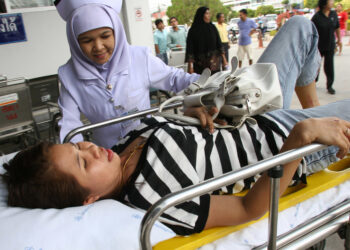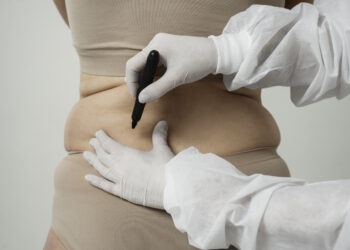Cholesterol, a waxy substance produced by the liver, is important for nerve protection and cell tissue formation. However, when cholesterol levels are high, it can cause serious problems like blockages in the heart and brain, leading to strokes.
Strokes can be silent threats until they show symptoms such as chest pain, breathing difficulties, nausea, dizziness and lightheadedness.
Why is high cholesterol a problem?
When there’s an excessive amount of cholesterol in our bloodstream, it can team up with other substances to form plaque, causing a condition known as atherosclerosis. This buildup of plaque leads to the narrowing of our arteries, which in turn hampers the smooth flow of oxygen-rich blood to our vital organs and tissues. As a consequence, we may experience symptoms like chest pain and, in more severe cases, heart attacks.
It’s crucial to address high cholesterol levels to minimize the risk of these heart-related problems and ensure the well-being of our cardiovascular system.
How is cholesterol linked to your limbs?
Cholesterol can contribute to the development of peripheral artery disease (PAD), which can restrict or block blood flow in the limbs, connected to the arms, legs and pelvis, and can often extend to the nails and skin. The condition is often underdiagnosed as some people may mistake muscle discomfort for a normal sign of aging. In some cases, PAD may only be diagnosed when symptoms become severe enough to cause a medical emergency.
Here are five clear signs that your limbs might be indicating the presence of cholesterol in your body: (Courtesy: the Health Site)
- Heaviness in the legs: If you feel a heavy and painful sensation in your legs, especially in the thighs or calves, it could be a sign to check your cholesterol levels. The discomfort tends to worsen when walking, even if it’s a distance you’ve previously been able to handle.
- Cold feet: When your feet feel cold without any obvious cause, it could be an indication that your cholesterol levels…
Read the full article here








